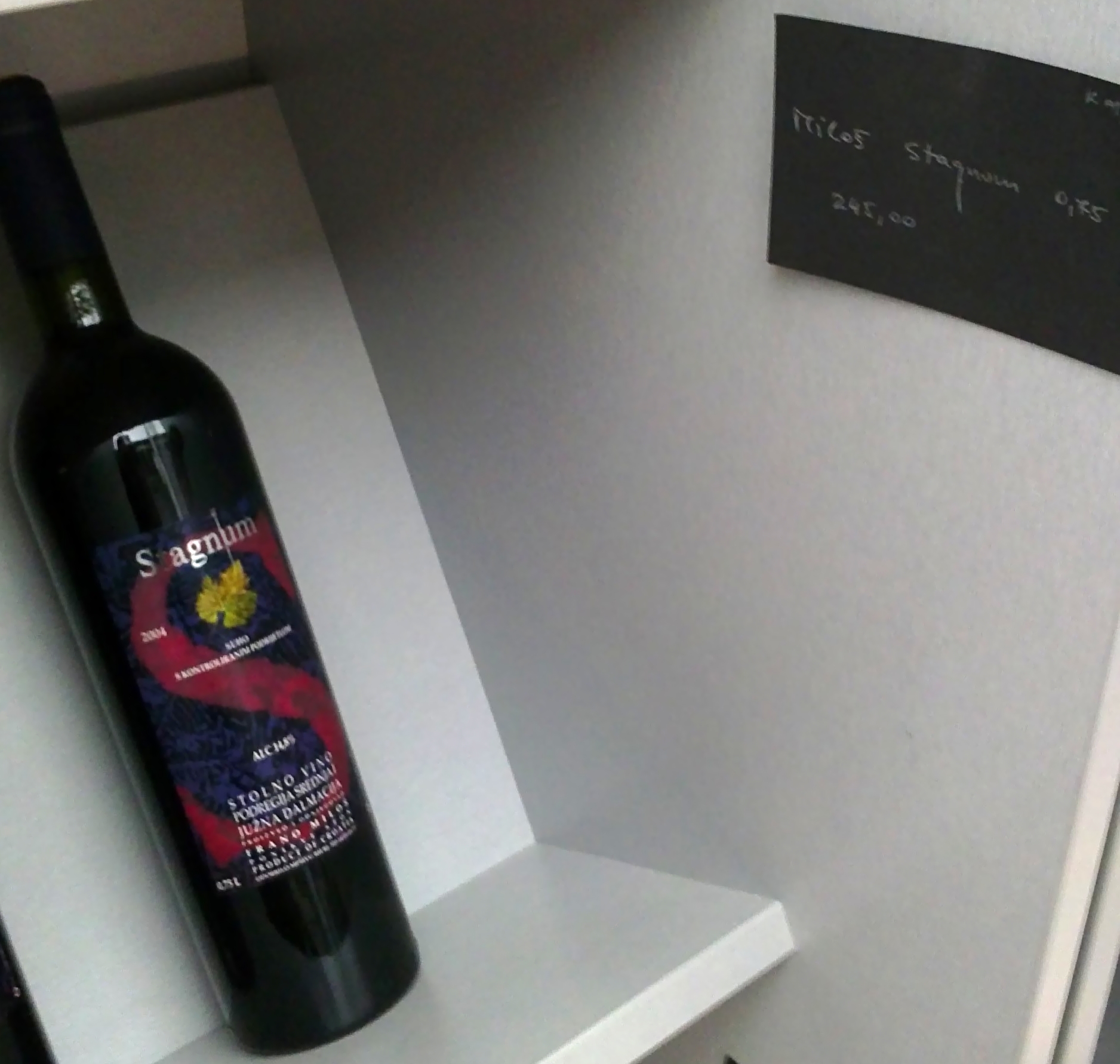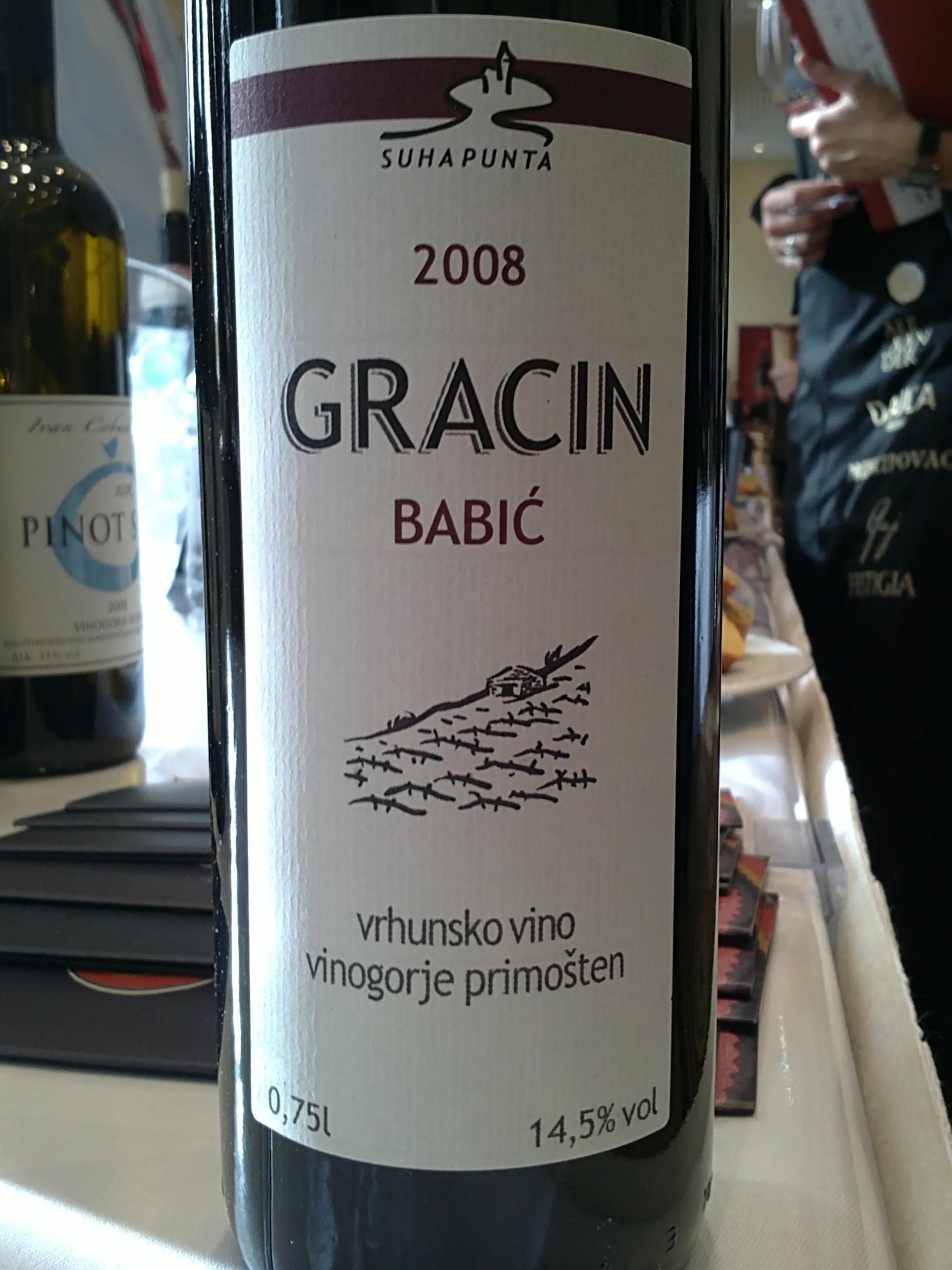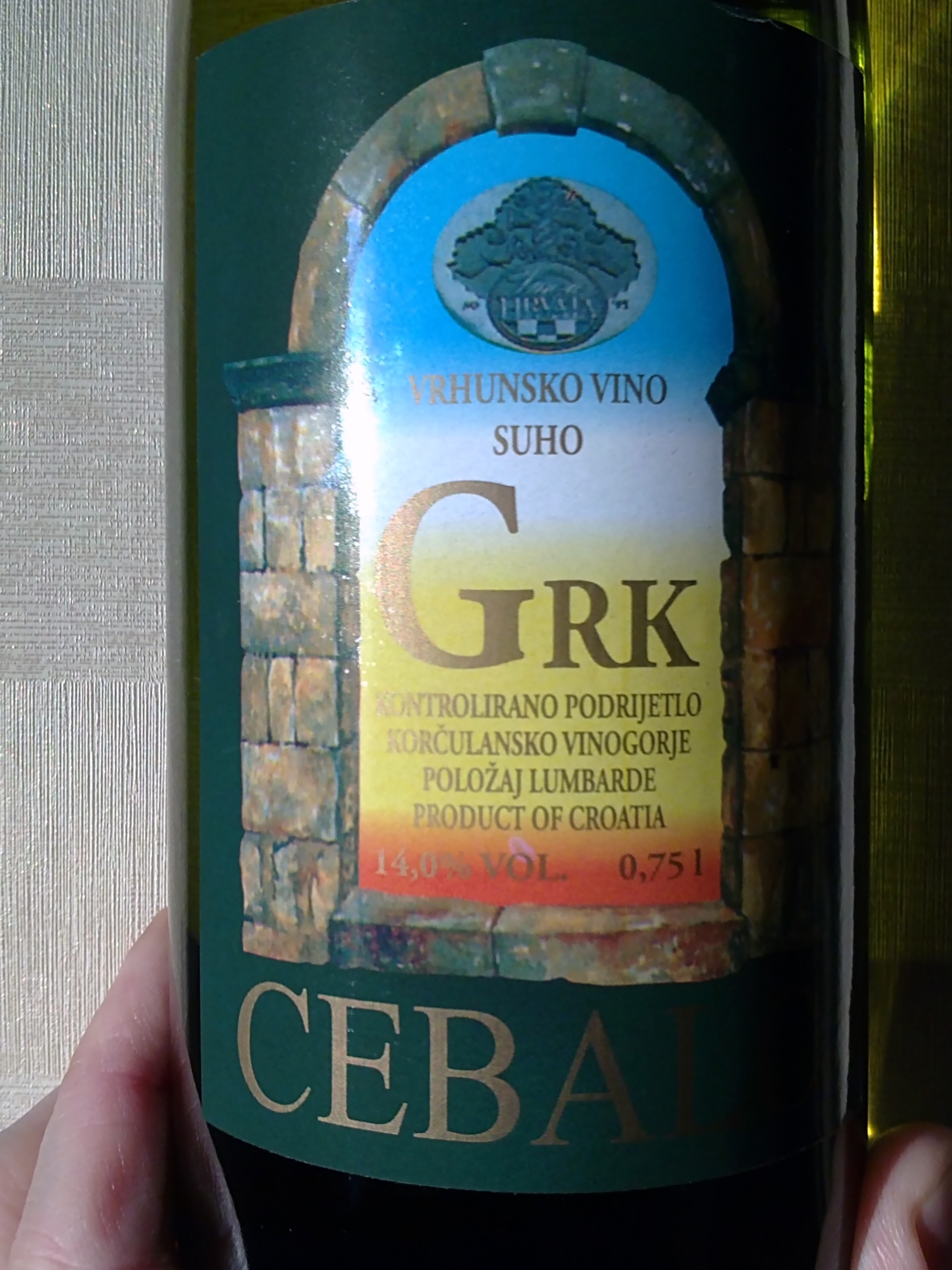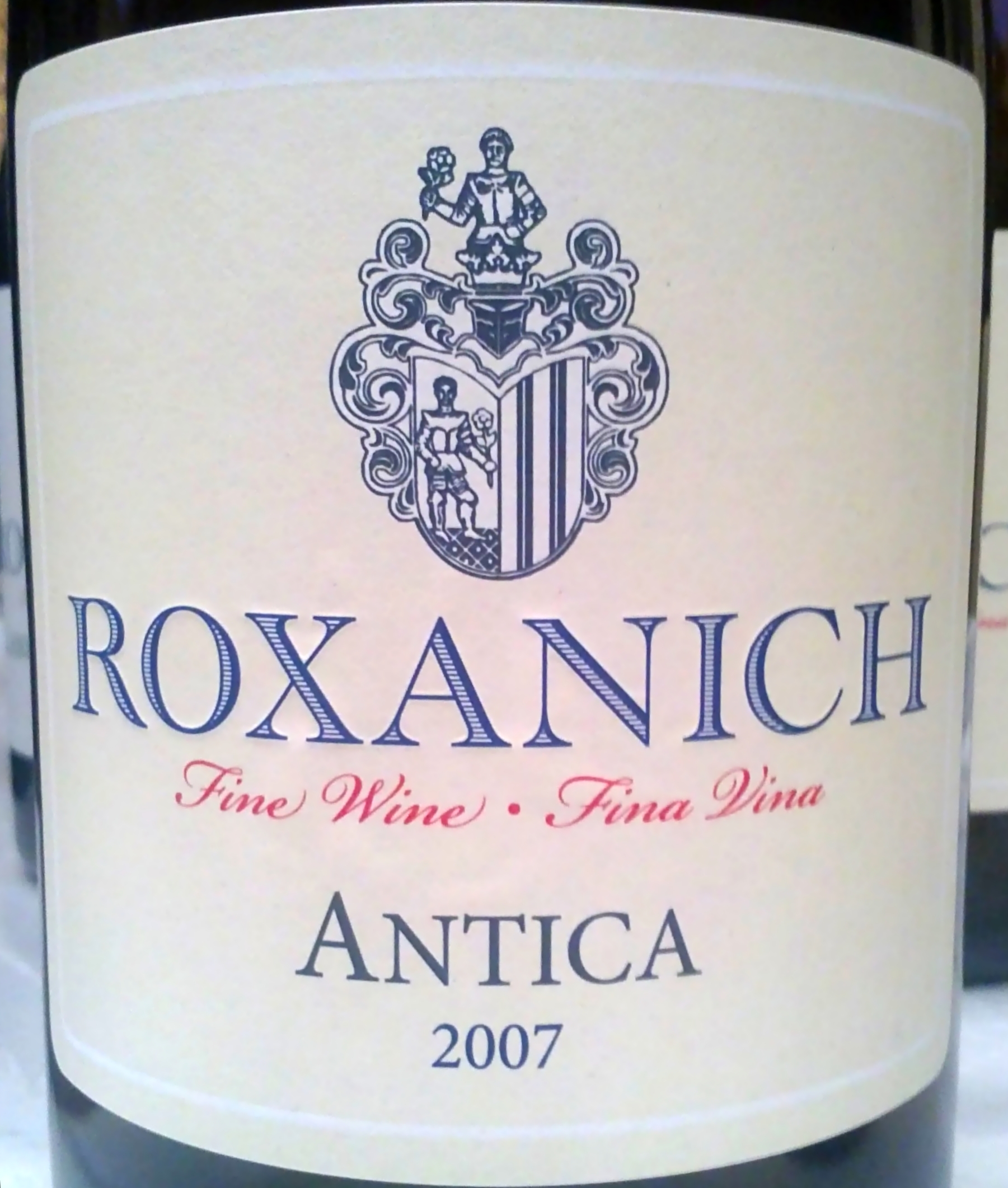Exciting Croatia (5): best of the rest
Posted on 16 February 2011
In the last installment of my Croatian series, I’ll summarise my findings from the Zagreb Vino salon held last November. I’ve sampled some 200 wines over two days of tasting here, focusing on those regions of Croatia where I hadn’t been in the previous days: Istria, Dalmatia and the Croatian islands. (And where I’ve come back to continental Croatia it’s usually been very unexciting, such as the region of Međimurje on the border with Slovenia).
Dalmatia has been doing qualitative leaps since I last looked comprehensively at its achievements. The problems of old – huge fragmentation of vineyards, isolation of good estates in remote locations amidst a sea of mediocrity, easy sales to undiscriminating tourists offering no incentive for quality, viticultural chaos with hundreds of different grapes planted – are still partly there, but many new estates are emerging with exciting new wines. It’s especially true of the established wine areas: the Pelješac peninsula and the islands of Hvar and Korčula. The dozen good guys of five years ago here have universally improved, and have been joined by another two dozen good guys. A good example is Carić, a 10-hectare estate on Hvar making some slightly rustic but engaging red wines from Dalmatia’s undisputed star: the Plavac Mali grape that you might remember as being related to Zinfandel. Some Dalmatian Plavac go a little too far along the wildness route with crazy alcohol levels and oxidative aromas, but when it’s harnessed it can deliver both nicely drinkable every day wines such as the Beaujolaisian 2010 Na Dobro… and serious oak-aged examples such as the 2007 Ivan Dolac Barrique. Another new kid on the block is Korta Katarina from Korčula island which has already achieved cult status in Croatia. The 2007 Plavac Mali I tasted here, which sees two years in mostly new oak, is certainly an extraordinary creature: retaining the Mediterranean, torrid, bitter-chocolatey, raisiney, pruney character of the grape, it is finely balanced with fused oak, good freshness (not easy with Plavac) and a very reasonable 14.3% alc. (many Plavac wines go north of 16%). Surely an estate to watch.
But Dalmatia is not limited to Plavac and the idyllic South. One zone that caught my attention is Primošten near the city of Šibenik. It’s less touristy here, and viticulture is made expensive by the very steep terrain: vineyards are on terraces high-perched above the Adriatic. What makes these locations less viable economically becomes a qualitative advantage, however. The major grape here is Babić, a sturdy, acidic, tannic fellow that’s not terribly friendly in youth and needs a careful winemaking hand. But when the hand is there, it can deliver wines of thrilling vibrancy and a true sense of place. Vinoplod Šibenik and Bibich are good examples but the best I tasted was from Leo Gracin, a 30-ish oenology Ph.D. at the University of Zagreb and an old acquaintance of mine: he was my early cicerone into Croatian wine when we first met at ProWein in 2002. His Babić 2008 somehow retains the grape’s acidic wildness while rounding off the edged and packing in some delicious cherry and currantey fruit; there’s also plenty of enlivening peppercorn. Vibrant, balanced and – crucially – authentic.
Istria, Croatia’s Adriatic balcony with a view over Venice and Slovenia, lacks the problems of Dalmatia and is the country’s unquestioned quality leader these days. A long uninterrupted tradition of quality viticulture and some exciting geology here creates the perfect canvas for highly individual wines that are both mineral and Mediterranean-sexy. There’s also a wide choice, from internationally inclined Cabs and Merlots through mouth-puckering red Teran (you need to like acids in your red wine to enjoy these) to everyday drinkable white Malvazijas. But Istria is also home to some of the craziest and most progressive wines of the entire Balkans. Malvazijas with skin contact, acacia wood ageing and amphora push the boundaries where you wouldn’t expect in a country like Croatia. My most exciting tasting was at Roxanich: some of the red wines here are very engaging including the 2006 Teran Ré and 2007 Super-Istrian (these are helped by being aged in large oak only, a rare choice in newly established estates such as this), the 2008 Rosé (from local Borgonja grape that, believe it or not, has nothing to do with Burgundy) was easily one of the best I tried last year, and best of all, the 2007 Malvazija Antica, macerated on skins for 7 days before being aged for no less than 30 months in large oak. Deep orange in colour, with a saline sea-breeze aroma and plenty of body, textured, full and phenolic. Not an easy wine (experienced sommelier Donald Edwards was skeptical about it) but for me, the sheer depth and intensity of flavour were staggering. It’s a wine larger than life.
Disclosure
My trip to Croatia including flights, accommodation and wine tasting programme was sponsored by the Zagreb Vino.com festival and the Croatian National Tourist Board.





